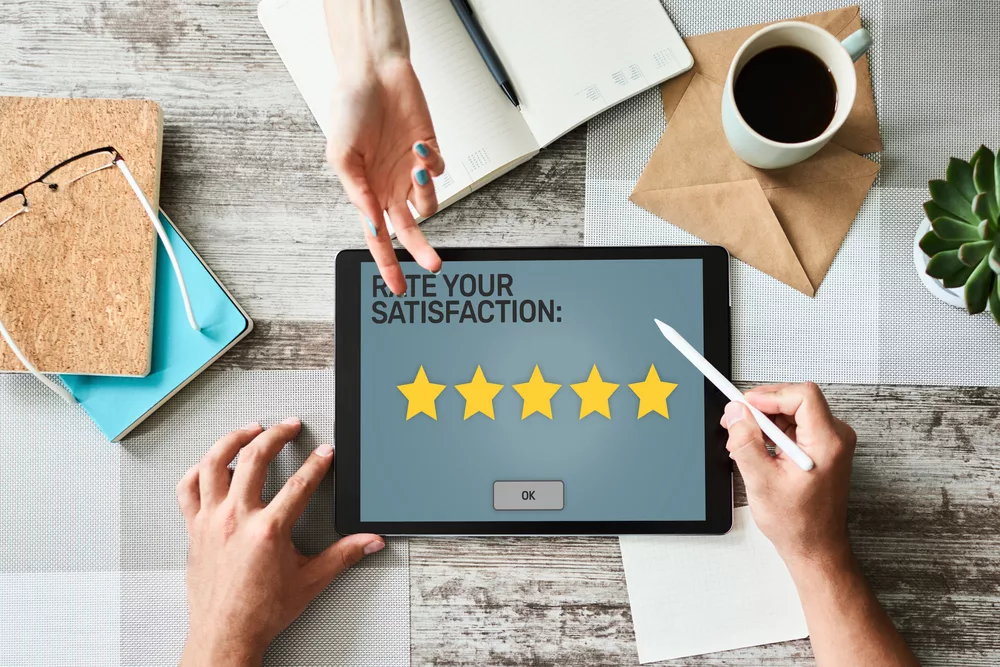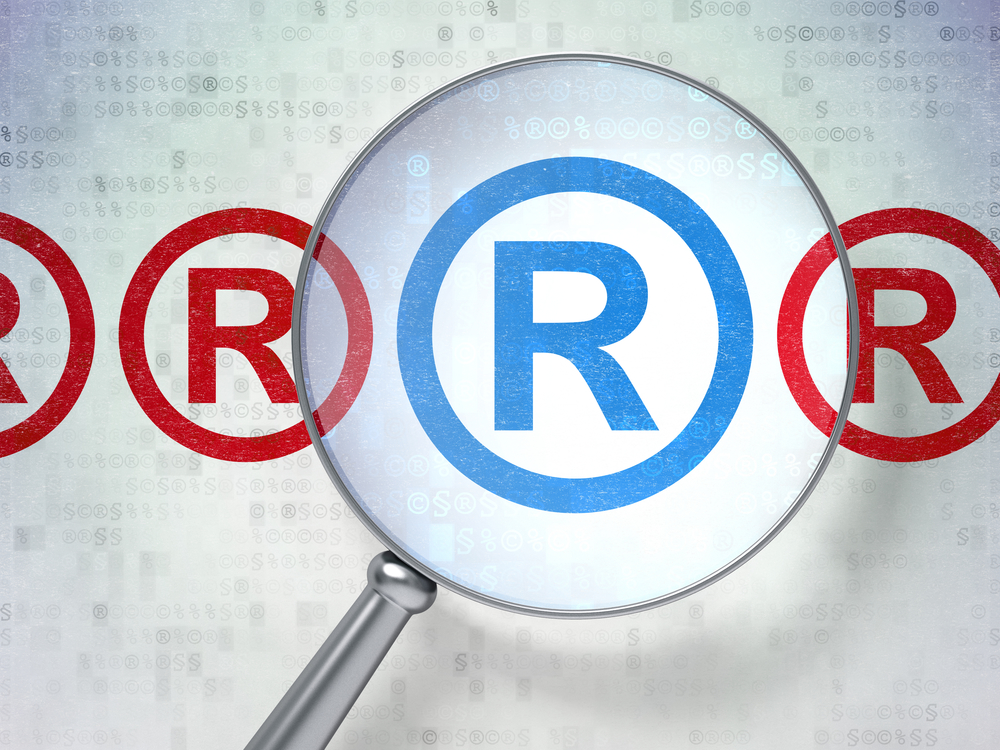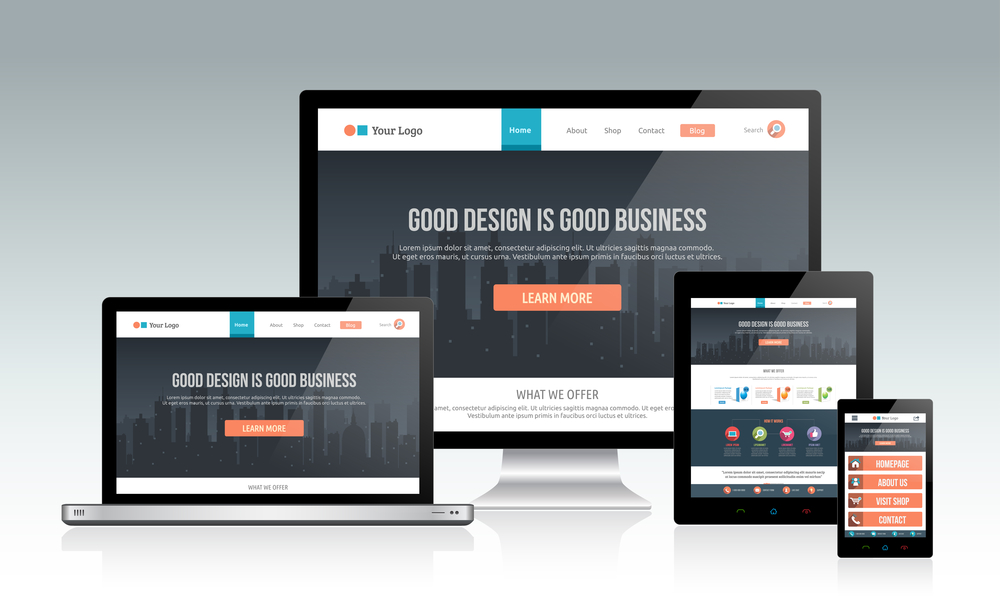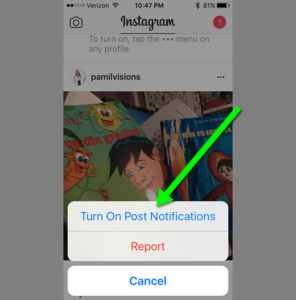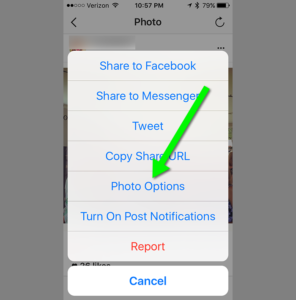If you have a business, there is no doubt you are seeking for ways to be seen by local customers. You may have a strategy that involves posting on social media and publishing blogs, but there is one tool you may be overlooking: Customer reviews. Testimonials, ratings, and reviews from customers can boost your online presence significantly.
Online reviews are, essentially, the replacement for print testimonials and word-of-mouth in today’s world. Although these things still exist, more people are using their phones and computers as a source of information. When they do research online for a product or service, you can rest assured that reviews are not underestimated.
Let’s discuss how online reviews work for your business and how you can leverage them effectively.
Key Takeaways
- Positive reviews serve as influential endorsements, impacting potential customers’ decisions.
- Reviews are trusted personal recommendations, enhancing credibility and attracting a wider audience.
- Reviews act as social proof, validating your business’s legitimacy and attracting potential customers.
- Thoughtful responses to reviews demonstrate commitment, fostering positive relationships and building customer loyalty.

1. Reviews Get Read
Online reviews are considered credible research sources. This is a fundamental aspect of their design. Reviews are the way potential customers can actively seek to gain intelligence about the quality, price, and durability of a product, as well as the effectiveness and dependability of the brand. In other words, online reviews—be they positive or negative—have an influence on those reading them. A positive review, for instance, acts as an endorsement, persuading those on the cusp of making a purchase whether they should engage with your business or try the competitor.
2. Reviews Are Trusted
People trust reviews, because they are made by other people who have used the product. In fact, most people consider reviews as a kind of personal recommendation. They search for individuals like them who have used the same product or service to see the experience then make a choice. This means that, if your product or service has gained a number of positive reviews all recommending your brand, those reviews are boosting your credibility and reputation. More people will then be compelled to frequent your business.
3. Brand Visibility
Did you know that online reviews are used by search engine algorithms to determine your SERP rank? It’s true. This becomes more pronounced when you are using services like Google Maps. The better reviews you have, the greater chance of your business being found by those searching for your services.
4. Social Proof
When your business is just starting out, it can be difficult to get the community to know that your business exists. The same is true for online stores. However, when you begin receiving reviews, they act as a form of social proof, giving the sign that yes, your business exists, it’s open, and that you are legitimate. Reviews create a sense of authenticity, especially when you engage with the customers leaving those reviews.
5. Reviews Attract Customers
Positive reviews serve as compelling magnets that draw potential customers toward your business, especially when you have more positive reviews than the competition. When a series of favorable feedback surrounds your brand, it creates a magnetic effect, establishing a positive perception that sets your products or services apart from competitors. This allure not only makes your brand more appealing but also acts as a decisive factor, encouraging individuals to choose your offerings over other options in the market.
6. Numbers Matter
The quantity of reviews contributes significantly to shaping consumer perception. When a business accumulates a higher number of reviews, especially if they are predominantly positive, it adds to the overall appeal and credibility of your brand. A substantial volume of positive reviews suggests that your business is not only well-received but also boasts a significant and satisfied customer base, instilling confidence in potential customers.
7. Engagement Opportunity
Customer reviews are a precious opportunity for engagement. When you respond promptly to reviews, you show that you have an unwavering commitment to customer satisfaction. This is true for both positive and negative reviews. Yet, when you engage thoughtfully with negative reviews, this could sway even more customers towards your brand. While thanking someone for liking your product is wonderful, handling an issue with poise and grace when they are displeased shows professionalism and transparency.
This not only fosters a positive relationship with the reviewer but also highlights to other potential customers that your brand values feedback and actively works to improve its products or services.
8. Customer Loyalty
Positive reviews play a pivotal role in the ongoing process of building customer loyalty. Satisfied customers who take the time to express their positive experiences become natural advocates for your brand. Their loyalty and advocacy, communicated through reviews, serve as powerful endorsements that can influence others to choose your business over alternatives.
Furthermore, when customers are loyal, they are happy to recommend your products to others. This creates a network of satisfied customers who will become invaluable to cementing your brand’s reputation and success.
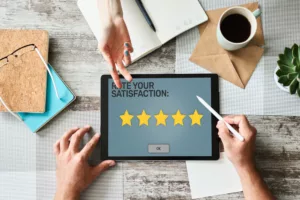
Connect With Digital Marketing Experts
How can customer reviews boost your online presence? By solidifying your business’s credibility and reputation. When you have reviews, you not only rank higher in SERPs, you also gain a loyal following who is ready to endorse you. This attracts returning and new customers to your products, ensuring long-term success.
Although you may already have reviews, having digital marketing experts at your side can help leverage them more effectively. Digital Marketing Group, LLC has many years of experience building brands and loyalty with our refined techniques. Let’s do the same for you. It’s time to elevate your brand’s visibility and reputation. Call 1-800-969-4736 or fill out the contact form to get in touch with the digital marketing specialists of Digital Marketing Group, LLC today.
